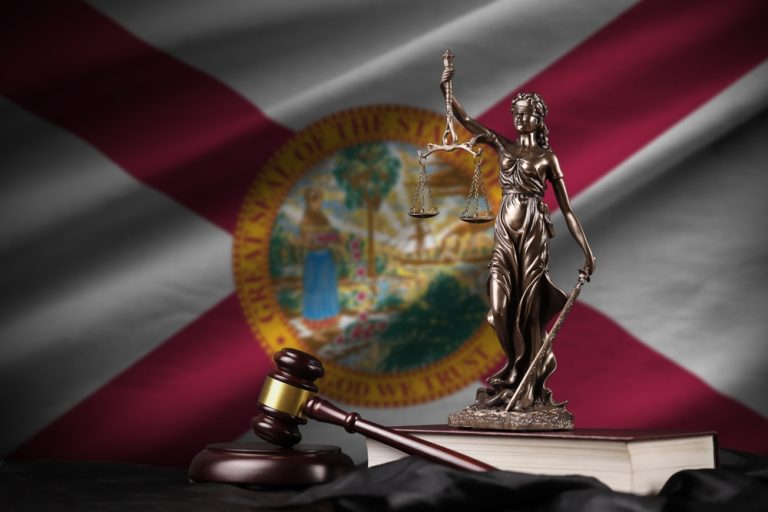Surviving a Rough Patch
Surviving a Rough Patch
During the current pandemic, people and companies have choices as to how they will respond. These responses will run the gamut of emotions and practices. For some, willful ignorance and a refusal to change will be the path chosen. For others, shutting down and hiding out until the virus passes will be a choice. For most, and probably for the better, people will choose a path somewhere between these two extremes.
Stay Healthy
Published reports are all in agreement that COVID-19 is having a substantial and important impact on hospitality businesses across the county. This impact is particularly being felt in the restaurant business that already faced many challenges to exist in an otherwise friendly world. For those on the front lines of the restaurant business, the first priority has to be keeping employees and customers safe. If a business fails, people can get new jobs and customers can find other places to eat. Protecting one’s health, both physical and mental, must be the top of any business’s list of priorities.
Decisions regarding food safety, masks, gloves and social distancing will all come into play. Restaurants should pay close attention to local, state and federal guidelines as to best practices. Moreover, future financial decisions must take into account these new realities knowing that there remains a substantial uncertainty over the duration of the pandemic.
Hitting a Rough Patch
Every business is likely to hit a rough patch from time to time. Proactive businesses may have been saving for a rainy day and have cash reserves to weather the storm created by the COVID-19 virus. Others may be able to tap into federal, state or local programs designed to assist businesses and keep them afloat. Each opportunity will be different for every business, but the common factor is to continue cash flow and protect a company’s bottom line.
Where life has given a restaurant lemons, the product they need to make is lemonade. Did a business use a mandatory closure as an opportunity to put on a fresh coat of paint and address a nagging remodeling issue? Questions of right sizing a workforce are difficult, but may lead to enhanced productivity and an improved bottom line. In an era of take-out food, did social media act as a hindrance or a benefit? A restaurant’s online presence has only grown in importance with the effects of the pandemic. Savvy restaurants will see the pandemic as an opportunity to rebrand or solidify a customer base. The drive toward a thriving social media presence is critical and the pandemic has accelerated a movement that was already becoming mission critical.
Importantly, each business will not thrive. Often in tough times, it is good to just “get by.” However, dynamic restaurants will build customer bases and think strategically about how to prepare for the future. For some, that future may be bright, but for others it will be a harsh decision to move forward in a different direction.
What are the Options?
If a business finds itself struggling to operate, there may be a range of options to consider. Often the best option is an out of court restructuring / workout. In this option, a business will work with their lenders, customers and suppliers to help them return to a profitable path. For example, that may mean a rent abatement or an extension of credit terms from 30 to 45 days. Another example may be for businesses with loyal customers to simply say we have to raise prices to survive. For those considering helping a struggling business, the question that will be asked is “What is my alternative?” Thus, the key is to be otherwise valuable and leverage any good will toward marking the needed concessions. The concession may only need to be temporary, but could be the difference in survival.
If a business has knocked on all the doors and no one is answering, sometimes the best course may be to file for bankruptcy. A bankruptcy reorganization or Chapter 11 bankruptcy may give a business a chance to pause and get its financial house in order however, a bankruptcy reorganization cannot solve all of a company’s problems. Importantly, the business still has to find a way to turn a profit. Further, filing for bankruptcy without a plan to exit is a recipe for disaster. Bankruptcy can be a great tool, but cannot be entered into lightly.
Recently, Congress enacted, and has since expanded, special provisions for small business bankruptcies. This legislation is designed to streamline and remove procedural barriers to enhance a small enterprise’s chance for success in the bankruptcy system. A bankruptcy reorganization can be the right fit for some businesses, but the decision to go down that path should be taken carefully and only under the guidance of an experienced professional.
End of the Road
Sometimes businesses fail. If the customers don’t come and the lines of credit are tapped out, it is time to call it quits. If a company is fortunate, it will have reserves to pay or mostly pay its creditors and simply close the doors. Often, however, the best choice to wrap up the affairs of a business is to file for liquidation (Chapter 7) bankruptcy in federal court. In such cases, all of the assets and liabilities are turned over to a third party trustee appointed by the court to wind down the business and pay creditors what is left. Alternatively, a state court liquidation may be the best route. Receiverships and Assignments for the Benefit of Creditors (ABCs) may be the best state-authorized method to wind down a company. These choices are very fact-specific issues and questions should be guided by an experienced professional.
Which Route to Go?
A great thing about life and about our country is that it affords many choices. Sometimes doors close on business and opportunities, but that suddenly gives a person the choice to choose a new dream. In tough times, strength and perseverance to work through obstacles is the best way to achieve success not only in business, but in life.
This article was originally published by Modern Restaurant Management on June 29, 2020 and is republished here with permission from the publication.






